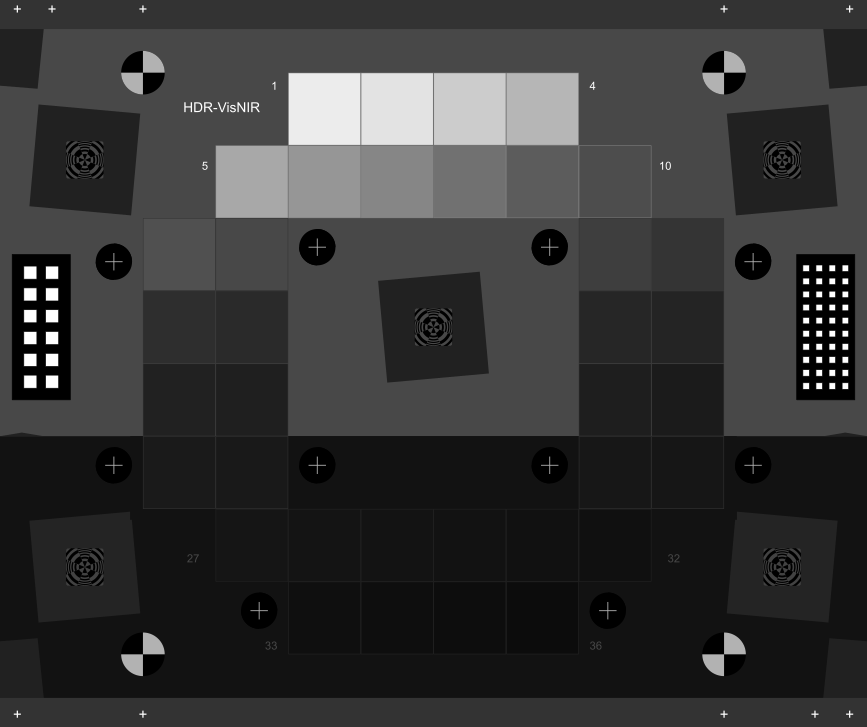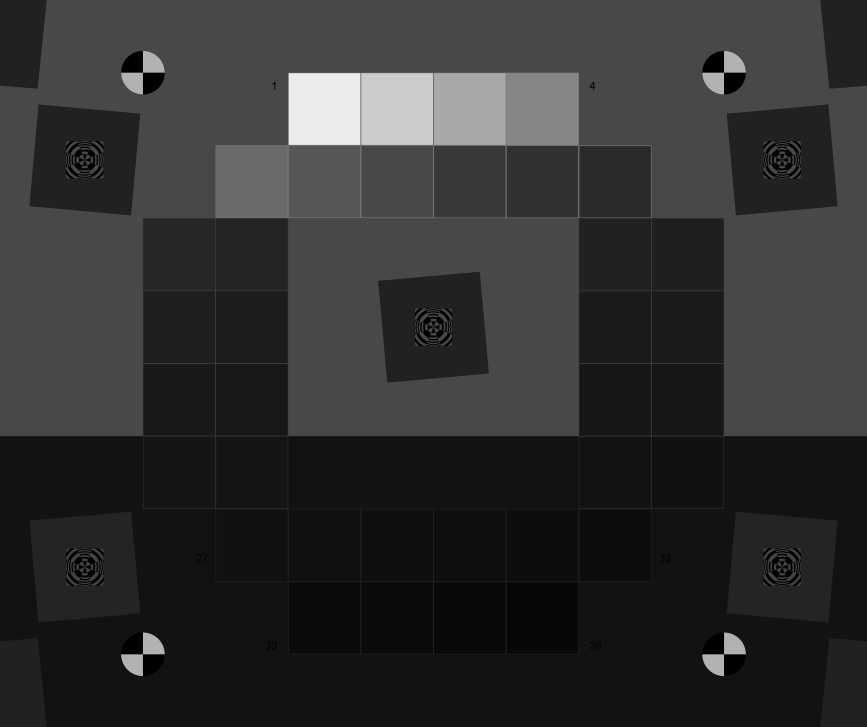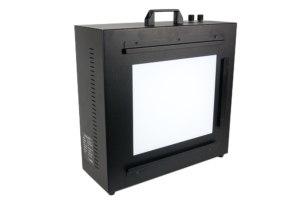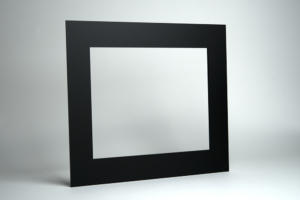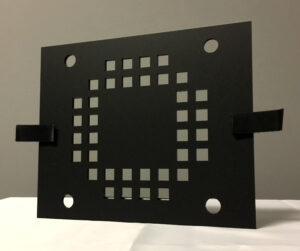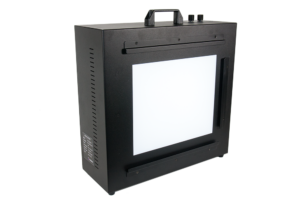$900.00 – $2,260.00
Imatest is pleased to announce our new Dynamic Range target which can be used to test in visible and NIR spectrum.
The Imatest 36-Patch Dynamic Range test charts on VisNIR film have two density ranges to suit every need. The charts allow you to measure the tonal response, noise, and dynamic range of various imaging systems with a single image instead of multiple, exposure bracketed images. The varied tone background density enables proper exposure with automatic exposure cameras and minimizes unwanted stray light influence. VisNIR Film allows for stable attenuation across visible and Near Infrared wavelengths. Ideal for multispectral systems. VisNIR Film is spectrally neutral and achromatic which allows for stable attenuation across visible and Near Infrared wavelengths without any color cast. Ideal for multispectral systems.
Description
Imatest recommends using the Dynamic Range Targets with a high illuminance light source (between 10,000 and 100,000 Lux) in order to provide sufficient light to test image sensors over their range of sensitivity. Light sources for both visible and Near Infrared are available.
| SKU | Chart Variation | Density Range | Spectral Range |
|---|---|---|---|
| VISNIR-UHDR36 | Ultra-High Dynamic Range | 0.04 – 8.00 (160dB) | 300nm – 1000nm |
| VISNIR-LDR36 | Low Dynamic Range | 0.04 – 4.00 (80dB) | 300nm – 1000nm |
Standard Compliance
The VisNIR Ultra-High Dynamic Range chart (VISNIR-UHDR36) plus the Imatest DarkWorld Mask illuminated by a 100,000 Lux LED Light Box is compliant with the target definitions in the IEC 62676-5 standard.
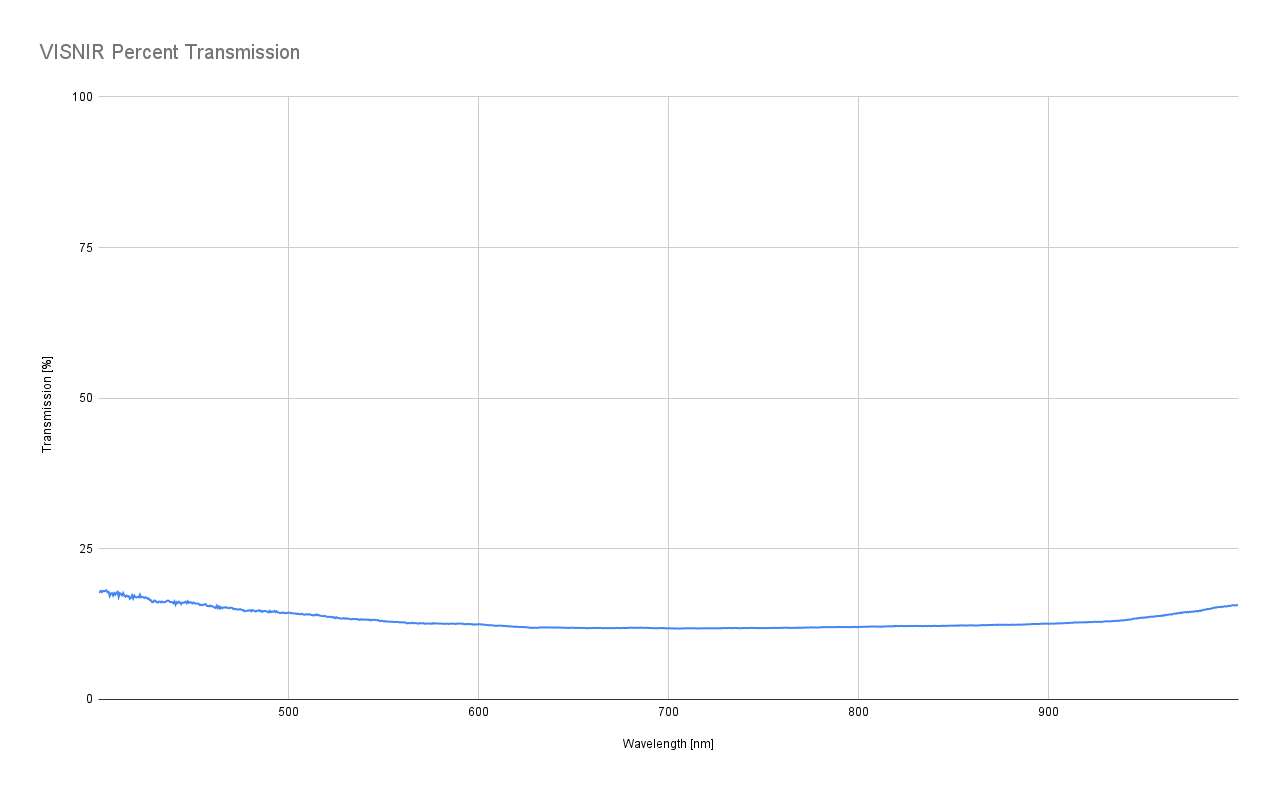
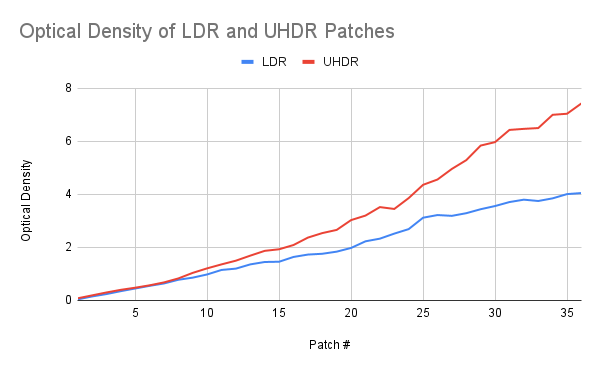
The chart’s active area of 197mm x 235mm is a good fit for the Imatest size B Lightbox, which is available with Visible light, NIR options, and High Lux.
Imatest recommends using the Dynamic Range Targets with a high illuminance light source (between 10,000 and 100,000 Lux) in order to provide sufficient light to test image sensors over their range of sensitivity. Light sources for both visible and Near Infrared are available. Camera DR measurements are affected by flare (stray) light in the lens. They represent real-world performance. Sensor measurements are based on the patch pixel and noise levels in unprocessed RAW images, using the technique described in Multicharts / Multitest / eSFR ISO Noise, which fits data to an equation based on dark and photon noise.
The optional acrylic frame for these targets will allow them to be easily placed and removed from the ITI size B Lightbox or Light Panel, or DNP Viewer.
These targets are available in two different ranges:
VISNIR-LDR36 – Low Dynamic Range (80dB) for low dynamic range cameras with small pixels. This target will be ideal for camera phones and tablets.
VISNIR-UHDR36– Ultra-High Dynamic Range (160dB) is designed specifically for HDR cameras.
The optional DarkWorld mask pairs with the Imatest 36 patch Dynamic Range Test Charts and Frame to block additional light from entering the camera. The additional light included in the non-measurement areas of the standard “GrayWorld” targets (LDR/WDR/UHDR) is intended to allow the camera under test to get a good automatic exposure on a scene that somewhat resembles a real-world scene where flare light is present inside the lens.
The IEC 62676-5 standard defines a target that is compliant with the ITUHDR36 + DarkWorld mask, when illuminated by a 100,000 lux Imatest Light Box.
After applying the DarkWorld mask, only 60% of each measurement patch and the registration marks remain visible. This darkened scene can be used to emulate a nighttime environment where maximum dynamic range will be more attainable. This target will be more difficult to expose, locking the exposure and seeing how well the steps can be recognized with and without the mask can be used to determine how much flare light is reducing your camera system’s dynamic range.


